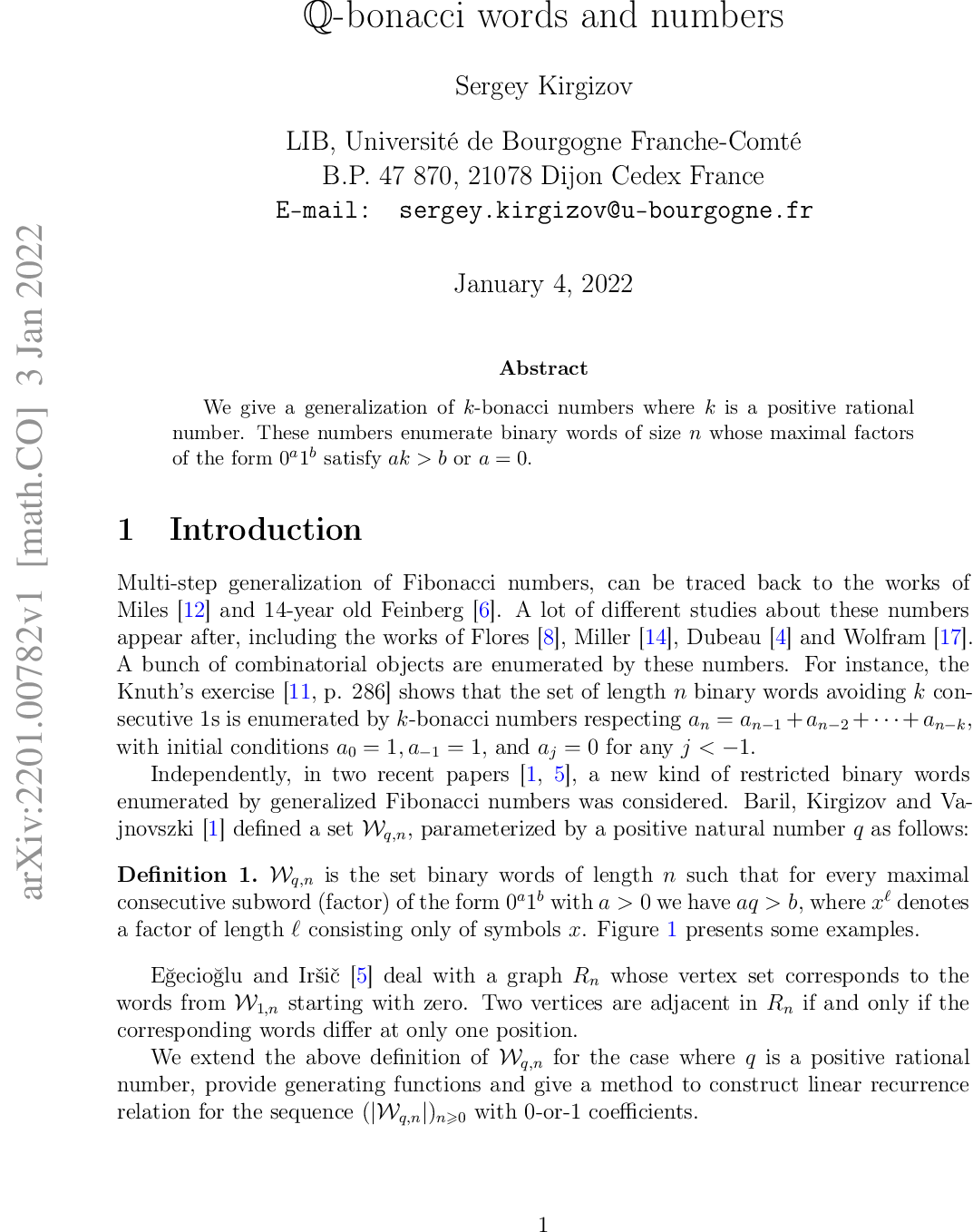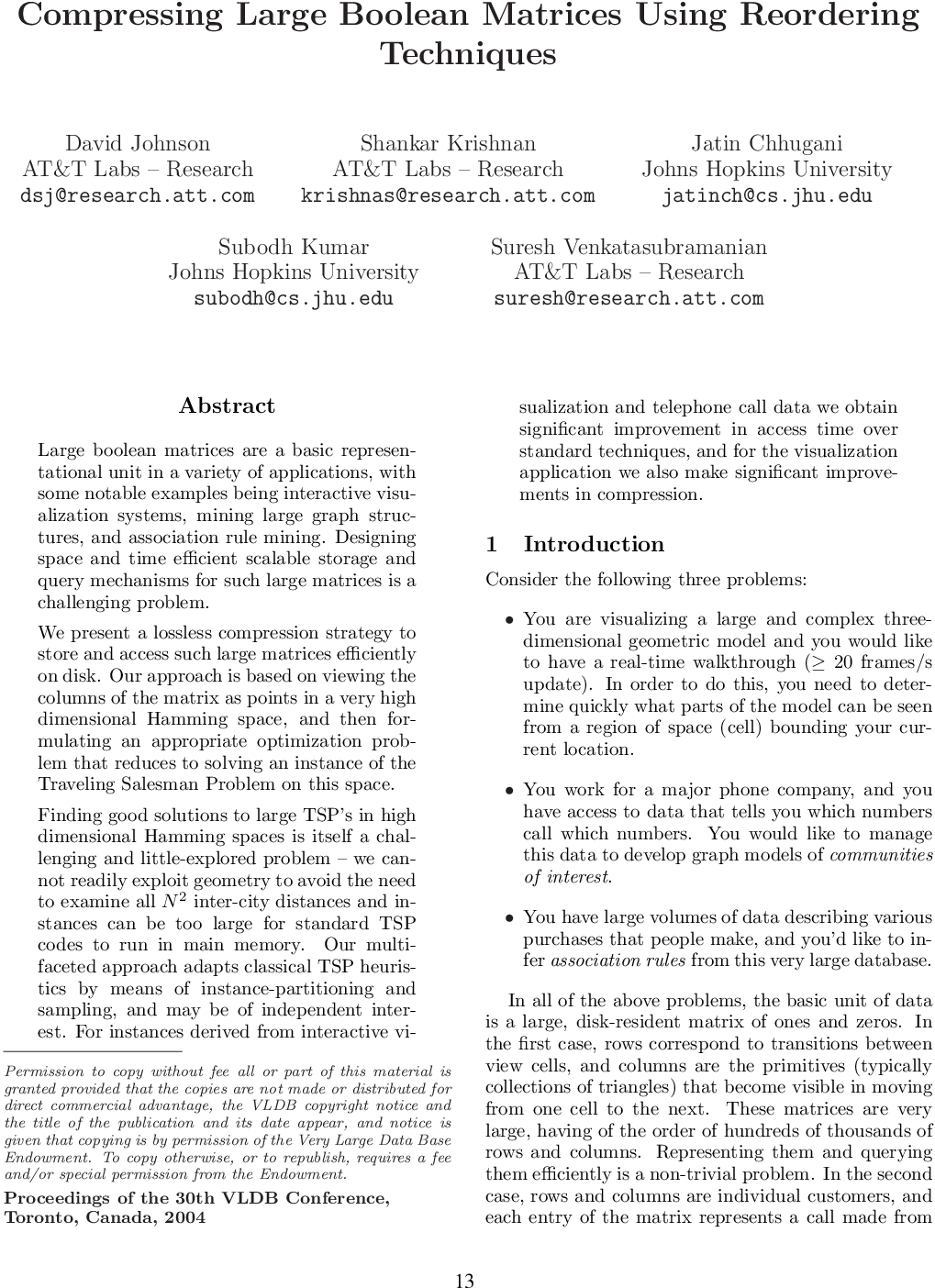

☆
0
Comments:
[Their comment](https://onlinelibrary.wiley.com/doi/10.1111/meta.12600)
☆
0
Comments:
I have read this paper some time ago:
- They want to permute the rows (or columns) or a matrix the ones in a column (or row respectively) follow a rather consecutive pattern i.e., they want to minimize the number of 1-blocks
-They produce a TSP-inspired heuristic





Comments: